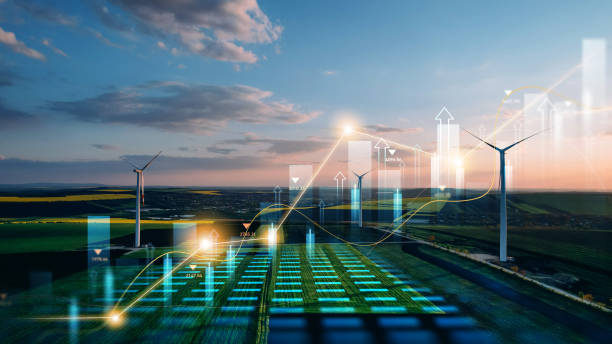Future of Clean Energy: Grids, Storage, and Strategy

Q1. Could you start by giving us a brief overview of your professional background, particularly focusing on your expertise in the industry?
I have over 20 years of experience working in the electricity networks and renewable energy sector in China, the UK, Ireland, the USA, and Norway, specialising in HV substation design, HV electrical equipment specification, power system studies, grid connections, and regulations.
Q2. What are the fastest-growing solar segments (e.g., utility-scale, community solar, agrovoltaics) and their unique infrastructure challenges?
Utility-scale solar is the fastest-growing segment, but faces the following challenges:
Interconnection bottlenecks: Multi-year backlogs due to aging transmission lines and a complex review process.
Policy uncertainty: Proposed tax credit changes and shifting federal energy priorities (e.g., a focus on fossil fuels) threaten the long-term viability.
Land-use conflicts: Local resistance over aesthetics and environmental concerns complicates site selection.
Q3. What engineering innovations (e.g., dynamic cable fatigue testing, mooring-integrated substations) are receiving increased funding or early adoption signals?
Dynamic Power Cables for Offshore Renewables
Innovation: Fatigue-resistant dynamic cables for floating wind/solar farms, designed to withstand harsh marine conditions.
Funding/Adoption: Europe plans to deploy 6,000 km of subsea cables annually for floating wind projects.
Mooring-Integrated Floating Substations
Innovation: Compact substations integrated into floating wind turbine mooring systems to reduce cable length and energy losses.
Adoption: Projects like Hywind Tampen utilize suspended inter-array cables (lazy-wave configurations) to reduce costs by 15–20% compared to seabed-laid cables.
AI-Optimized Energy Systems
Innovation: AI-driven predictive maintenance and digital twins for solar/wind farms, improving grid stability and reducing downtime.
Adoption: Deloitte reports 34 GW of renewables contracted to U.S. data centers in 2024, with AI demand driving modular solar deployments.
Floating Solar (Floatovoltaics)
Innovation: Water-cooled panels with 15% higher efficiency, deployed on reservoirs to conserve land.
Funding: China’s 78,000 MW Anhui project and Japan’s floating farms lead adoption; the World Bank aims to double global PV capacity via floatovoltaics.
Q4. What are the biggest execution risks in offshore and hybrid solar+storage projects — ranging from seabed cable faults to substation commissioning delays?
There are risks associated with many prospects, including seabed Cable faults and subsea infrastructure risks, substation and grid integration delays, hybrid system integration challenges, supply chain and logistics risks, and/or environmental and regulatory hurdles.
Q5. To what extent are BESS assets being monetized through participation in capacity markets, ancillary services, or dynamic grid services?
In the UK, Battery Energy Storage Systems (BESS) are being monetized through multiple revenue streams, with participation in capacity markets (10%), ancillary services (60%), and dynamic grid services (30%) playing a significant role. The extent of monetization varies by market, regulatory frameworks, and technological capabilities.
Q6. What are the top 5 purchasing criteria for utilities and developers procuring substation packages, cable systems, or grid engineering services?
- Supply chain and lead time alignment with the project program
- Total cost of lifetime and project budget
- Technical expertise and customization
- Safety and compliance standards
- Project execution and sales support
Q7. If you were an investor looking at companies within the space, what critical question would you pose to their senior management?
I would ask how much exposure the business has to supply chain and operational resilience, revenue model, backlog contracts, competitive differentiation, dependency on policy and regulations, technology, and the R&D pipeline.
Comments
No comments yet. Be the first to comment!
